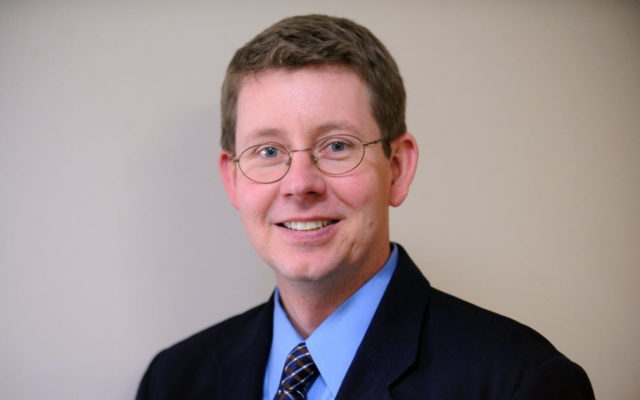
When it comes to COVID-19, who will we trust?
President Donald Trump has made it clear – science or not – that he wants to quickly end the physical distancing requirements that are being used to slow the spread of COVID-19. And that he – alone – has the power to do it.
Governors, including Maine Gov. Janet Mills among many others, are taking a much more cautious, science-and-public-health-first approach about ending orders that are keeping people at home.
Physical distancing can only be effective if it’s collaborative. It doesn’t do very much good for me and my family to stay home if my neighbors across the street or family in Virginia don’t.
And that’s my worry. The Trump administration has not yet demonstrated that it has a comprehensive, science-based approach to ending physical distancing. And the administration has decided to punt the most difficult decisions to state leaders, while cheerleading a “get back to work” message.
My fear is that the president will say all is well and send workers and school kids back out into the community while governors will be more prudent and hold the line.
The conflict has the potential to turn everyday behavior – do I stay home? Do I wear a mask? Do I go to work? – into a political statement.
From my limited trips out and about, it seems clear that most people are taking physical distancing seriously.
According to Dr. Nirav Shah, the head of the Maine Center for Disease Control, traffic on the interstate is down significantly over this time last year. People carefully line up outside the grocery, keeping six feet between them and other shoppers. People, at least those who can, are working from home.
Most people are taking the crisis seriously and have agreed to the social compact that our actions protect not just ourselves, but also our health care providers, our first responders and our friends and neighbors who have to venture out in the world to make sure that the rest of us have food to eat, electricity to power our homes, fuel to keep us warm and other essential services.
The evidence, so far, suggests that the extreme measures are working.
But the political consensus, in Maine and elsewhere, about the need to take extraordinary measures to protect public health is showing signs of wear – prodded by a president more concerned with the ratings for his White House briefings than about doing the right thing.
Despite rumblings of government overreach, Mills has taken a steady and cautious approach to Maine’s COVID-19 response, at times deferring to local control and at other times setting a statewide course of action.
She has relied heavily on public health experts, especially Shah, who has taken the spotlight during the state’s response. His calm, compassionate and precise daily briefings have provided the lynchpin of Maine’s understanding of COVID-19. And Shah has never let us forget that behind the numbers, the restrictions on activities, the acronyms and abbreviations (be honest, had you ever heard of a PPE before), there are real people, some of whom have died and others who are fighting for their lives.
Mills described her approach to the crisis to the Portland Press Herald: “We are measuring things day by day, hour by hour and taking actions that seem appropriate at that time based solely on science” and the advice of health professionals.
That’s the approach we need at the federal level as well. But Trump will be Trump, and I fear he’ll put his instincts and desire for reelection ahead of science.
Ultimately, it will be governors, companies and individuals who decide when these policies end. Polling shows that the country, right now, trusts governors, not the president, to set policy around COVID-19. If the president pushes for an early end before there’s a consensus on whether it’s the appropriate course of action, the fear is that some will follow his lead.
And that’s likely to put all of us at risk – and risk undermining the social compact that’s perhaps starting to “flatten the curve.”
David Farmer is a public affairs, political and media consultant in Portland, where he lives with his wife and two children. He was senior adviser to Democrat Mike Michaud’s 2014 campaign for governor.